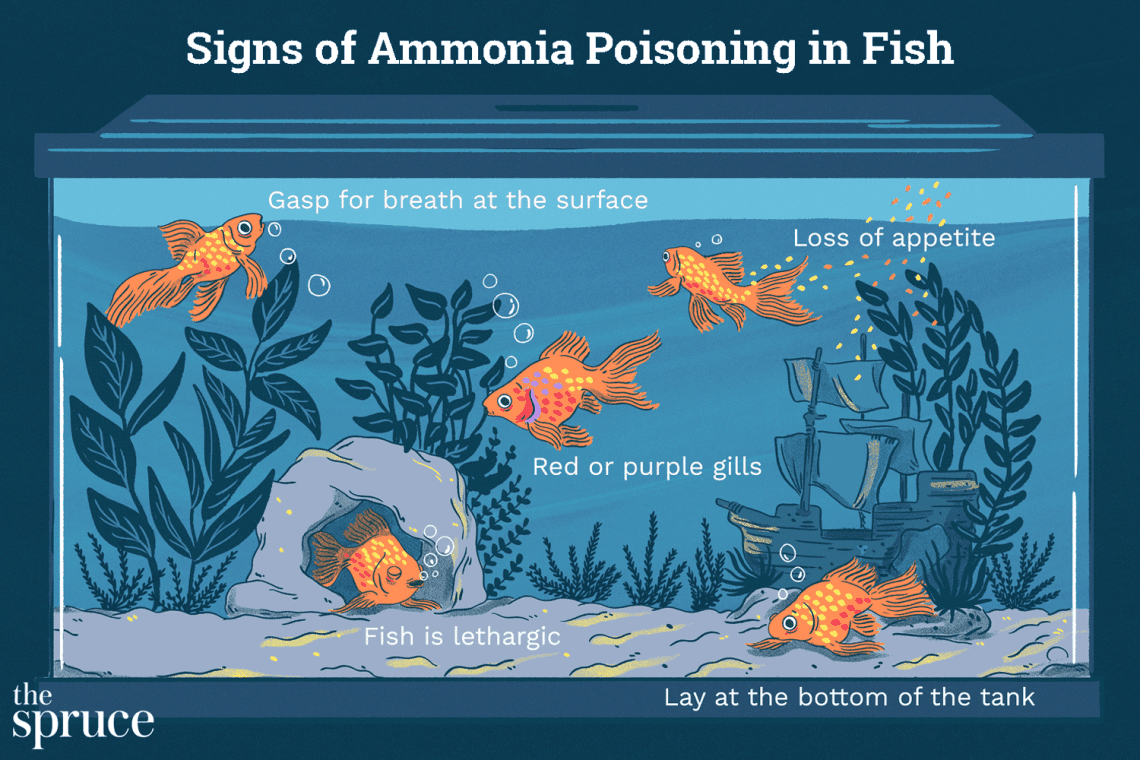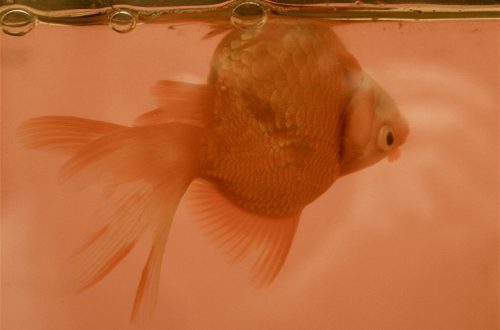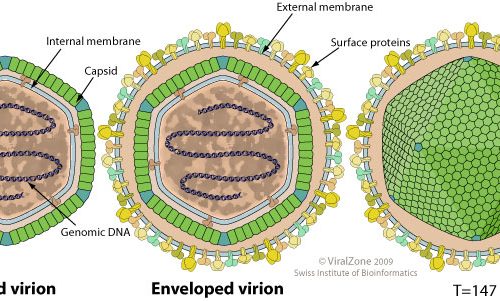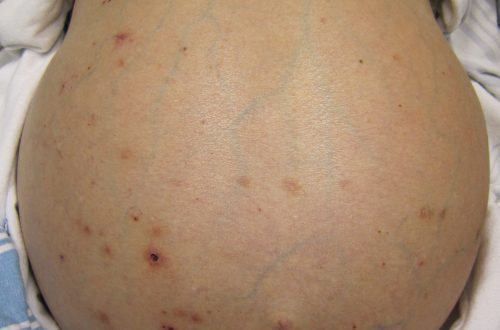
Ammonia poisoning
Nitrogenous compounds include ammonia, nitrites and nitrates, which occur naturally in a biologically mature aquarium and during its “maturation”. Poisoning occurs when the concentration of one of the compounds reaches dangerously high values.
You can determine them using special tests (litmus papers or reagents).
This happens for various reasons. This may be an overabundance of food, which the fish do not have time to eat and it begins to decompose at the bottom. Breakdown of the biological filter, as a result of which ammonia does not have time to be processed into safer compounds and begins to accumulate. An incomplete process of the nitrogen cycle, when the fish were placed too early in a biologically immature aquarium and other reasons.
Symptoms:
There is a bulging of the eyes, the fish seem to “suffocate” and tend to be near the surface. In advanced cases, damage to the gills occurs, they turn brown and are unable to absorb oxygen.
Treatment
It is a common misconception that in case of poisoning with nitrogenous compounds, fish should be transferred to clean water. Often this only aggravates the matter, since the fish can die from a sharp change in the composition of the water.
First of all, determine the concentration of which compound is exceeded using tests. Perform a partial water change (30-40% by volume) with fresh water of the same temperature and hydrochemical composition (pH and GH). Increase aeration and add reagents that neutralize hazardous compounds. Reagents are purchased from pet stores or specialized websites. It is advisable to purchase them in advance so that in case of a problem they are always at hand – a kind of first aid kit for an aquarium.





